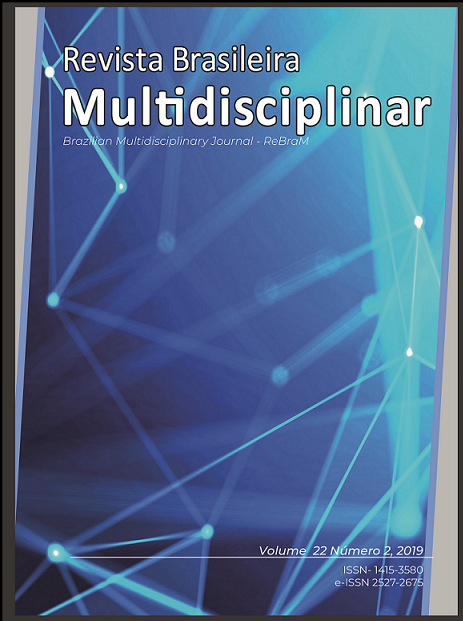Os números primos de Ishango
Main Article Content
Abstract
Desde tempos longínquos que os números primos têm fascinado o Homem e despertado o interesse de inúmeros matemáticos. Muito se tem evoluído no conhecimento dos números primos desde que estes foram, há milénios, representados pela primeira vez, no osso de Ishango. Mas a tarefa de decifrar o misterioso conjunto dos números primos reveste-se de grandes dificuldades devido à inexistência de um padrão regular na sua distribuição e consequente ausência de uma “fórmula” capaz de gerar todos os números primos. Vestígios, chegados até aos nossos dias, provam que os números primos eram conhecidos pelos Babilónios, os Egípcios ou os Persas e que na Grécia Antiga o estudo dos números primos ganha expressão. Mas, acreditando na hipótese formulada De Heinzelin (1962), o conhecimento da primalidade pode ser muito anterior às civilizações da Antiguidade, uma vez que alguns dos agrupamentos de marcas existentes no osso de Ishango representam números primos. No presente trabalho pretende-se diversificar o estudo do osso de Ishango, analisando os números primos nele representados e associando-os a algumas das famílias especiais de números primos conhecidas, contudo não é nosso objectivo apoiar ou refutar alguma das teorias referentes à interpretação das marcas presentes no osso de Ishango.
Downloads
Download data is not yet available.
Article Details
How to Cite
Santos, C. (2019). Os números primos de Ishango. Revista Brasileira Multidisciplinar, 22(2), 120-130. https://doi.org/10.25061/2527-2675/ReBraM/2019.v22i2.638
Section
Artigos Originais
1437/5000
The author (s) authorize the publication of the article in the journal;
• The author (s) warrant that the contribution is original and unpublished and that it is not in the process of being evaluated in other journal (s);
• The journal is not responsible for the opinions, ideas and concepts issued in the texts, as they are the sole responsibility of the author (s);
• Publishers have the right to make textual adjustments and to adapt the article to the rules of publication.
Authors retain the copyright and grant the journal the right of first publication, with the work simultaneously licensed under the Creative Commons Attribution License, which allows the sharing of work with acknowledgment of authorship and initial publication in this journal.
Authors are authorized to take additional contracts separately, for non-exclusive distribution of the version of the work published in this journal (eg publish in institutional repository or as book chapter), with acknowledgment of authorship and initial publication in this journal.
Authors are allowed and encouraged to publish and distribute their work online (eg in institutional repositories or on their personal page) at any point before or during the editorial process, as this can generate productive changes as well as increase the impact and citation of the published work (See The Effect of Free Access) at http://opcit.eprints.org/oacitation-biblio.html
• The author (s) warrant that the contribution is original and unpublished and that it is not in the process of being evaluated in other journal (s);
• The journal is not responsible for the opinions, ideas and concepts issued in the texts, as they are the sole responsibility of the author (s);
• Publishers have the right to make textual adjustments and to adapt the article to the rules of publication.
Authors retain the copyright and grant the journal the right of first publication, with the work simultaneously licensed under the Creative Commons Attribution License, which allows the sharing of work with acknowledgment of authorship and initial publication in this journal.
Authors are authorized to take additional contracts separately, for non-exclusive distribution of the version of the work published in this journal (eg publish in institutional repository or as book chapter), with acknowledgment of authorship and initial publication in this journal.
Authors are allowed and encouraged to publish and distribute their work online (eg in institutional repositories or on their personal page) at any point before or during the editorial process, as this can generate productive changes as well as increase the impact and citation of the published work (See The Effect of Free Access) at http://opcit.eprints.org/oacitation-biblio.html





